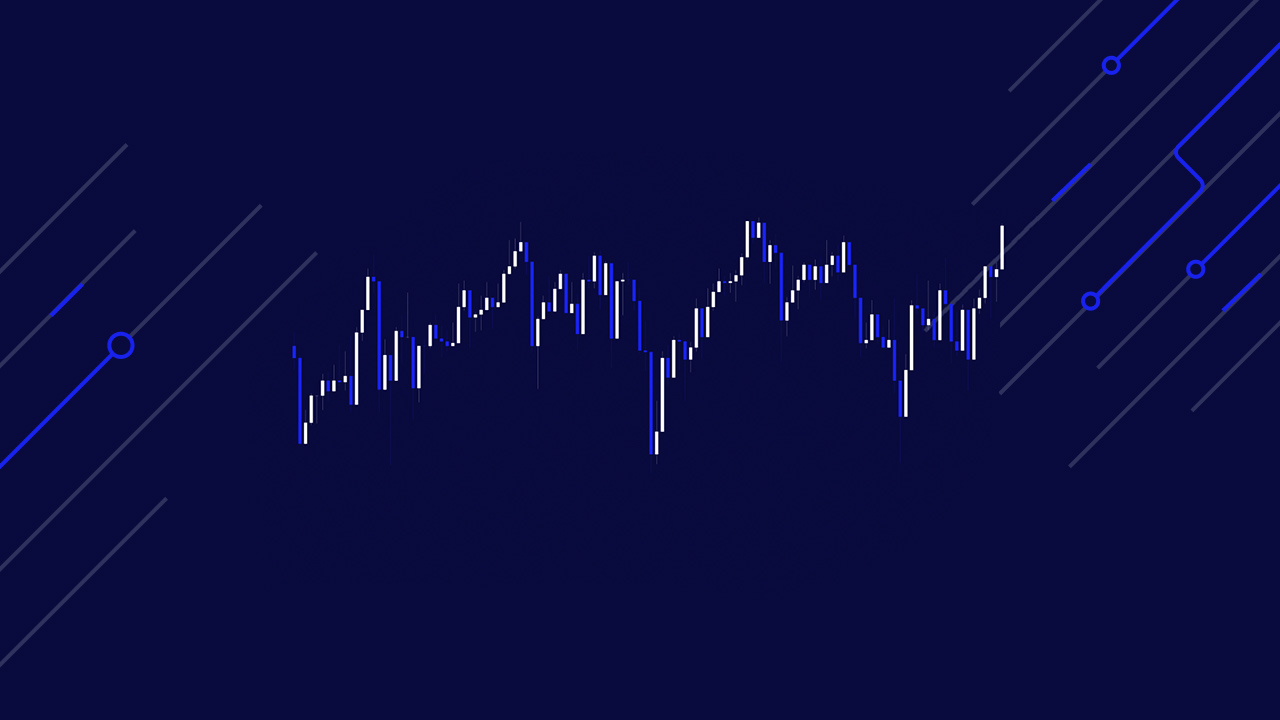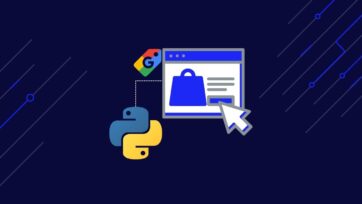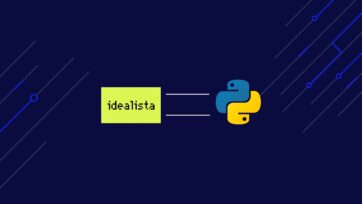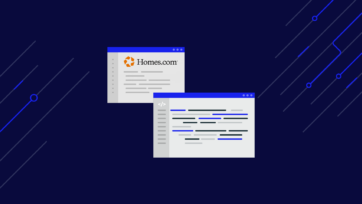The financial industry is no stranger to data. In fact, finance has the largest data acquisition and analysis adoption, way above industries like business and sales intelligence, which falls behind in second place.
For an investor to succeed in stock market trading, they need to be able to foresee price movements from global stocks and find the best opportunities to invest. (Of course, this includes mitigating risk as much as possible.) To do so, traders use many types of analysis and strategies to find trends in price movements and forecast investments.
However, as the industry matures, investors, hedge fund managers, and financial institutions have realized that using traditional tools isn’t enough. More data sources and a more diverse dataset can help investors find potential market shifts where traditional sources wouldn’t, creating a higher chance of a competitive edge over others.
These untraditional datasets are what we call alternative data.
Alternative Data and Stock Trading
Alternative data can be described as any type of information from non-traditional sources like social media, news outlets, online forums, etc. Collecting alternative data (also known as alt-data) allows investors to have new angles and data points to better inform their decisions.
The power of alt-data comes from the unique perspective this type of data can bring to the table and the advantage investors can have over competitors. This is crucial because not only can alternative data provide more context to help you make better decisions, but it also brings unique insights no one else has access to. That’s why most firms develop their own data pipelines to collect data from hundreds of different sources using modern-day web scrapers. By building their own web scraping (or data collection) solutions, and ML prediction tools, they can utilize alternative data to generate the necessary insights to create hypotheses based on facts instead of intuition.
What is Web Scraping in Trading?
Web scraping is the process of collecting data points from web pages using automated systems (scrapers) and storing that information in useful formats for later analysis. Using a web scraping API like ScraperAPI, stock traders can automatically retrieve information from hundreds of thousands of websites and web sources in a fraction of the time it would take manually and at almost any frequency needed.
Resource: Is Web Scraping Legal? The Complete Guide
To add, web scraping helps to monitor certain pages in near real time, detecting important changes faster (and at scale), which can be the difference between bagging new opportunities or preventing a big loss.
Now that you understand the importance of alternative data and the concept of legal web scraping, let’s move to some real scenarios where web scraping has transformed the financial stock trading industry.
Resource: How to Scrape Stock Market Data Using Python in Just 6 Steps
How Web Scraping Empowers Investment Decisions
Stock trading, in simple terms, is about predicting the future of a stock. Traditionally, traders use fundamental and technical analysis to predict how a stock will perform in the near future by understanding its current situation and its historical price movements.
However, thanks to web scraping and alternative data, you’re able to see even more granular information and analyze it considerably faster. A great example is monitoring news outlets and financial portals (like Yahoo Finance) to collect data that is hyper relevant and topical.
As we know, news has a strong impact on a company’s stock, so by collecting request news content, like headings and the first two paragraphs of each URL, you can run a sentiment analysis to determine whether it’ll positively or negatively impact your portfolio.
Brand perception and product demand are also good indicators of a stock’s success or failure. Scraping online conversations from online forums and social media around a company’s brand can help you identify negative shifts in perception or reassure your position.
For product demand, you can start by scraping Amazon product data to spot product price fluctuations, identify customer reviews, and how well the product performs overall. And these are just basic ideas.
You can use web scraping to collect legal and financial information at a larger scale (like SEC filings), saving hundreds of manual hours. To add, you can collect job data to forecast the company’s growth based on hiring numbers, and type of roles they’re hiring for, and much more.
Still, one of the biggest contributions of web scraping and stock trading that has forever intertwined these two are trading models.
Stock Trading Models and Web Scraping
Machines are far more efficient and capable of analyzing large amounts of data than people. That’s why in today’s stock trading landscape, the biggest players develop their own algorithms and models to help them take accurate positions based on traditional and alternative data.
Of course, these models need to be trained, tested, and retrained consistently to ensure the most accurate and beneficial results, which – as you can imagine – requires a lot of the most recent data.
Using trading models, stock traders can take higher positions with confidence and make changes to their portfolios based on a constant flow of data. (This is only possible thanks to these sophisticated algorithms capable of predicting changes in a fraction of a second.)
In this regard, scraping is used both to collect the necessary historical data to train the models, as well as consistently and accurately gathering real-time information from millions of websites to feed the algorithm the necessary data it needs to make trading decisions.
Wrapping Up
Web scraping has become one of the most important and utilized tools stock traders can use to ensure higher returns and fewer, smaller losses, making it an indispensable instrument to stay competitive in today’s market. To explore your options and expand your data sources, try using ScraperAPI. Here’s a step-by-step tutorial on scraping stock market data using Python. Sign up and get 5,000 free API credits now!



